Heavy duty truck shock absorbers: core components to ensure driving stability and comfort
 2025.05.01
2025.05.01
 Industry News
Industry News
In the design of modern heavy trucks, shock absorbers, as an important part of the suspension system, play a vital role. It not only affects the driving stability of the truck, but also directly affects the driver's comfort and driving safety. Heavy trucks often need to travel under complex road conditions, from highways to rugged rural roads, and even fully loaded transportation tasks. Each road surface places extremely high demands on the vehicle's suspension system. And heavy duty truck shock absorbers are one of the key components to ensure that these requirements are met.
The core function of the shock absorber is to absorb and control the impact force generated by the vehicle during driving. These impact forces usually come from the contact between the wheels and the road surface, especially in poor road conditions, the impact force may be very strong. Without an effective shock absorbing device, the vehicle will be subjected to severe vibration, resulting in a decrease in the vehicle's driving stability, increasing the difficulty of the driver's operation, and also having an adverse effect on other parts of the truck (such as the suspension system, frame, etc.). By controlling the transmission of these impact forces, the shock absorber can effectively reduce the vibration of the vehicle and ensure the smooth driving of the vehicle.
Compared with light vehicles, heavy duty truck shock absorbers are more complex to design. This is because heavy trucks often carry a lot of cargo during transportation, and this heavy load places significantly higher demands on the shock absorption system. The load-bearing capacity of heavy duty truck shock absorbers must be strong to cope with the weight of the vehicle and the weight of the cargo. Since heavy trucks often travel on uneven roads, the shock absorbers need to be durable and adaptable enough to cope with the challenges of long-term exposure to harsh environments.
To meet these special needs, the design of heavy duty truck shock absorbers usually adopts high-strength materials such as steel and alloys to enhance their durability and load-bearing capacity. In order to improve the shock absorption effect, modern shock absorbers also use a combination of hydraulic technology and pneumatic technology to provide more stable shock absorption performance. The hydraulic system can absorb a large amount of impact energy in a short time, while the pneumatic system further improves the shock absorption effect by adjusting the air pressure value, thereby ensuring high comfort and stability in various road conditions.
The working principle of heavy duty truck shock absorbers is based on the interaction between hydraulic and pneumatic pressure. When the wheels are impacted by uneven road surfaces during vehicle driving, the shock absorber will mitigate this impact through its internal piston and liquid (such as hydraulic oil). The flow of liquid inside the shock absorber, through the adjustment of the piston and valve, gradually releases the impact energy, thereby reducing the vibration of the vehicle. This mitigation effect not only keeps the vehicle stable, but also reduces the physical burden on the driver, especially in the case of long-term driving, reducing fatigue.
Although the shock absorber is a durable component, as the vehicle is used for a longer time, the shock absorber will also wear and tear, which will affect its performance. Therefore, regular maintenance and inspection are essential to keep the shock absorber in good working condition. The driver should regularly check whether the shock absorber has oil leakage, because hydraulic oil leakage will directly lead to a decrease in shock absorption effect. Check whether the spring and air pressure system of the shock absorber are working properly to ensure that the shock absorber can cope with different road conditions.
 EN
EN  English
English Español
Español


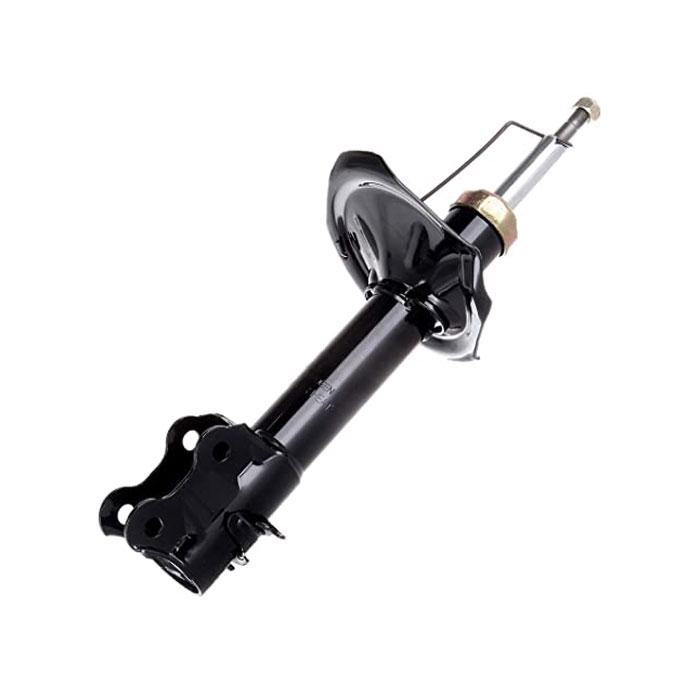
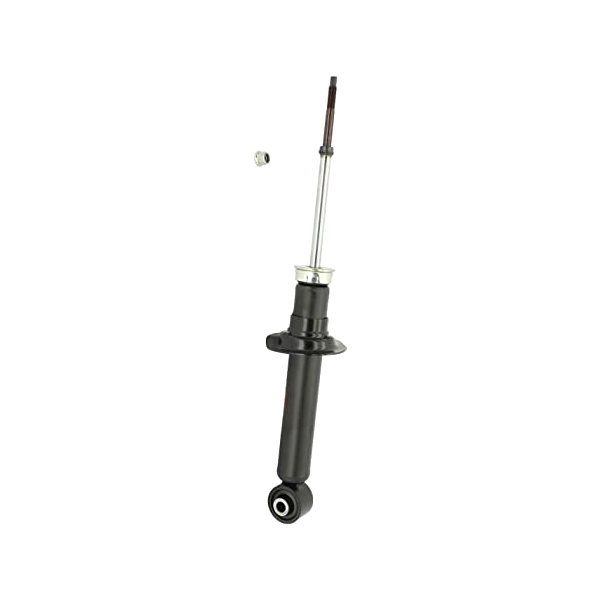
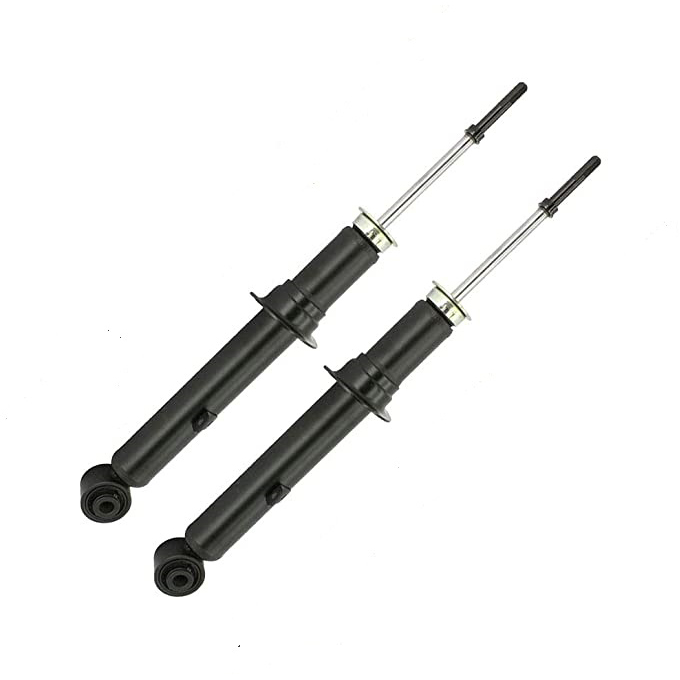
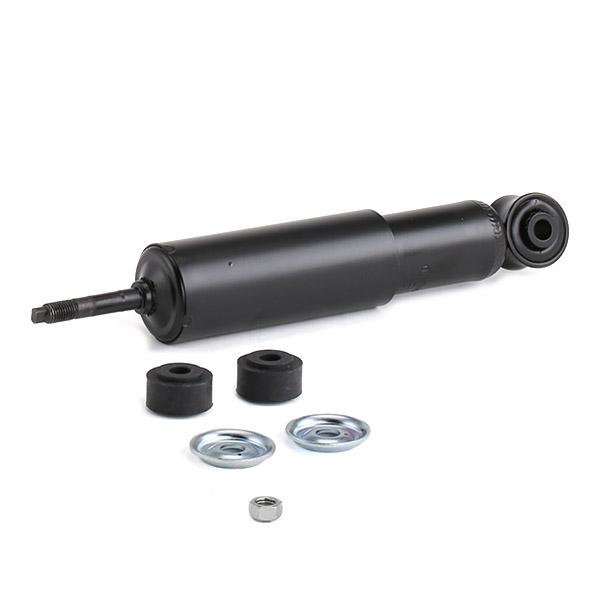
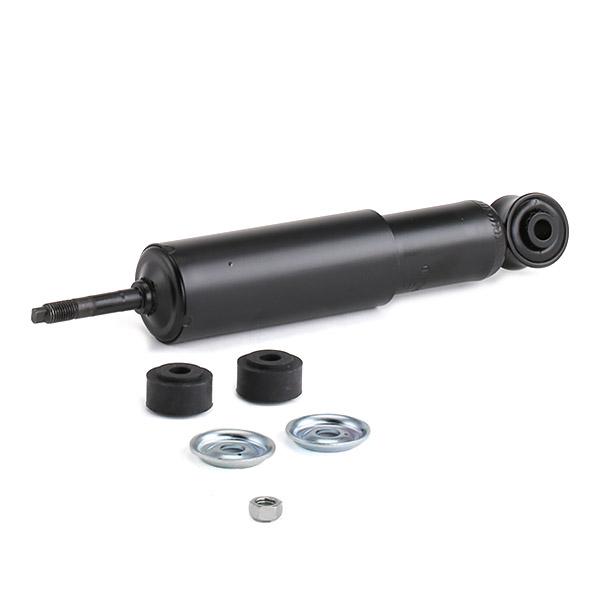
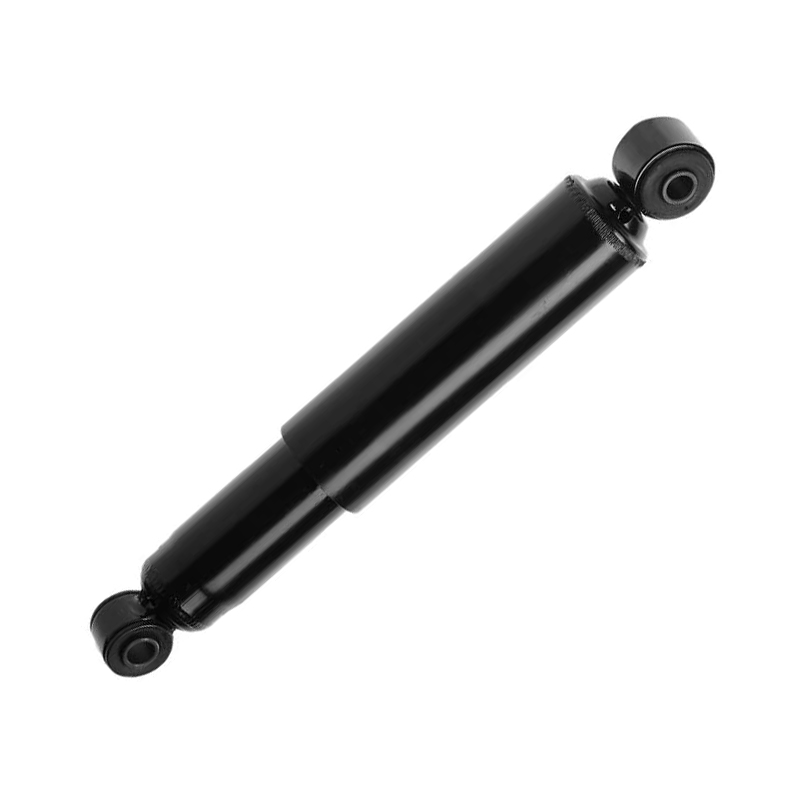
 +86-13757453333
+86-13757453333  +86-572-8355557
+86-572-8355557  Caroline@gerep.cn
Caroline@gerep.cn  No. 36, South Zhenxing Rd., Zhongguan Town, Deqing County, Huzhou, Zhejiang, China
No. 36, South Zhenxing Rd., Zhongguan Town, Deqing County, Huzhou, Zhejiang, China 